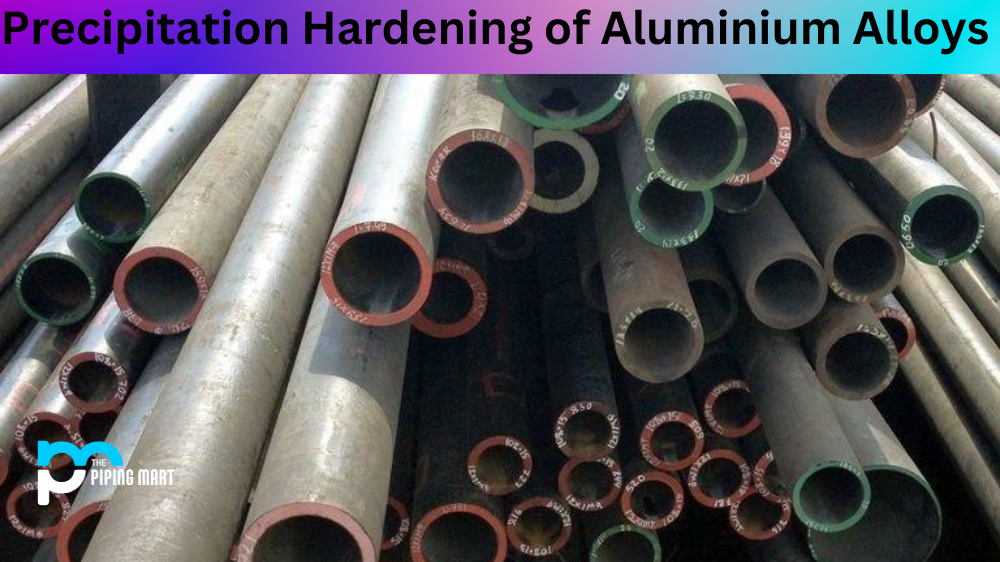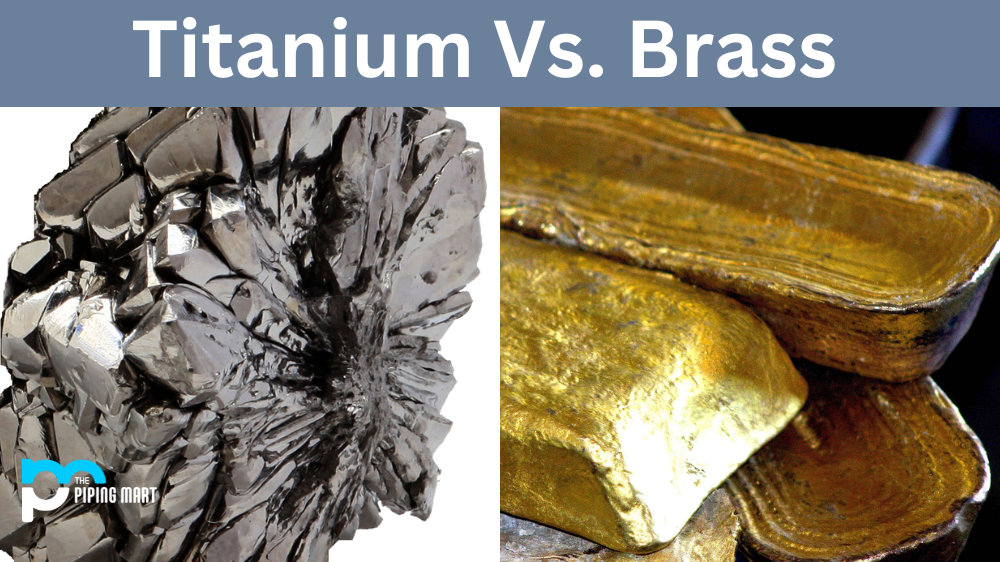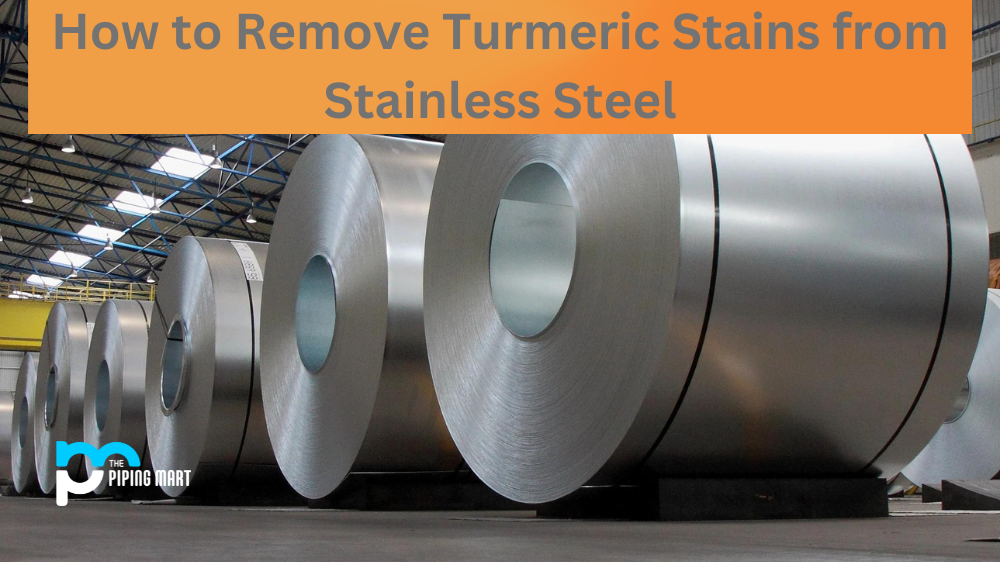Aluminium alloys are a key component in the production of many parts and components used in engineering and manufacturing. They have unique properties that make them ideal for certain applications, but they can be further strengthened through a process called precipitation hardening. In this blog post, we’ll discuss how precipitation hardening works and why it is essential for some aluminium alloy applications.
What Is Precipitation Hardening?
Precipitation hardening, also known as age hardening or particle hardening, is a process used to increase the strength of metals by increasing their hardness. This is done by introducing small particles into the metal during the manufacturing process, which then form larger particles (known as precipitates) during a heat treatment process. This increases the strength of the material without making it more brittle or prone to cracking or other deformation.
Precipitation hardening can be customized to meet specific requirements; different combinations of alloying elements can be used to produce different types of precipitates that achieve different levels of hardness. The most common combination is aluminium-magnesium-silicon (Al-Mg-Si), which produces aluminium-silicate precipitates when heat treated at high temperatures. These precipitates help strengthen the material while still allowing it to remain ductile and pliable enough for use in engineering applications.
Benefits of Precipitation Hardening
The main benefit of precipitation hardening is that it allows an aluminium alloy to be hardened without sacrificing its other properties, such as ductility and machinability. It also helps reduce fatigue stress since it strengthens the material against cyclic loading forces, meaning it will not break down over time due to repeated exposure to stressors like vibration or shock loads. Additionally, since it does not require any additional alloying elements, precipitation hardening can be done relatively quickly and inexpensively compared to other strengthening processes, such as quenching and tempering or cold working.
Precipitation Hardening of Aluminium AlloysConclusion:
In summary, precipitation hardening is an effective way to increase the strength of aluminium alloys without sacrificing other important characteristics such as ductility and machinability. Introducing small particles during the manufacturing process that form larger particles during heat treatment, this process helps reduce fatigue stress while still allowing parts made from these alloys to remain pliable enough for use in engineering applications. If you are looking for an inexpensive way to strengthen your aluminium alloys while still keeping them within your desired specifications, then precipitation hardening may be just what you need!




